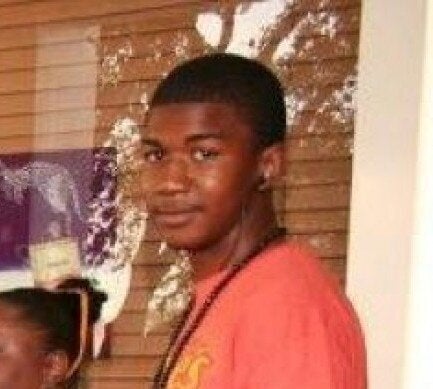
There are two courts: the court of public opinion and the court of law. The court of public opinion is largely determined by old photographs of the alleged victims and/or perpetrator sprawled across newspapers and television screens.
The court of public opinion often rests its case ong before the second court -- the trial -- begins. It is interesting to see how photographs of an alleged victim can galvanize or diffuse public sympathy before the facts of the case are fully investigated.
Three recent Ontario murders illustrate the delicate relationship between the statements from a victim's family, the photos of the victim, and the media coverage.
THE RAPPER AND THE TALENTED MUSICIAN
When a young man was found murdered in Ottawa in May, the Ottawa Sun described the budding musical artist as a "rapper" in the cover story entitled "Dead in the 'Hood".
This headline was a dehumanizing nod to the 1991 classic film "Boyz n Da Hood" which navigates everyday struggles in low-income area of an American inner city.
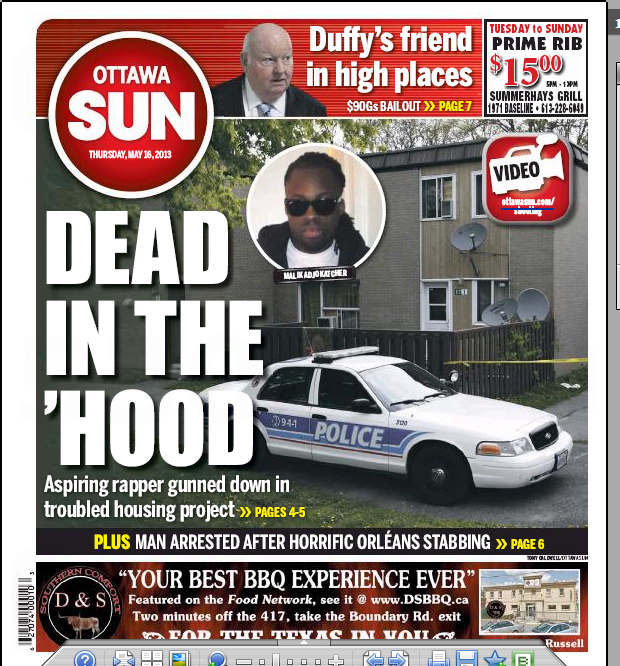
The words "rapper" and "'hood" paint a picture. The images shown alongside the stories reinforced a stereotype of a young black man who met his inevitable violent end... like in those African-American movies.
Wearing the "uniform" which is a staple with street-wise, hardened hip-hop artists, the victim's picture fits the sad script. His eyes hidden behind dark sunglasses further remove the reader from the human being under a media microscope. The general public is therefore primed for the sinister scenario.
In another act of senseless violence just one month later, a young man -- an innocent victim -- was described as a "talented musician" in reports associated with his untimely death. The headline included "talented musician" and "hard worker", thus provide a positive impression to the general public. The picture of a wide-eyed, smiling young man pulls at the heartstrings. He could be our neighbour, our school mate, our friend. The family put a human face on a human tragedy.
A MAN'S BEST FRIEND
When a Hamilton man went missing in May, his family released a pair of photos to the media. The most memorable photo was of a smiling Tim Bosma getting a hug from his dog. It would be nearly impossible for any pet lover not to emote for this fellow citizen and pray for his safe return.
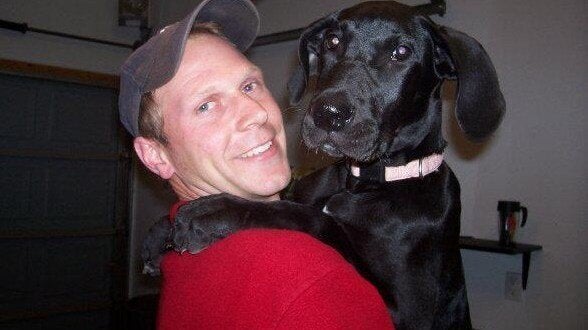
To inform the unassailable media appetite following a gratuitous crime, next of kin provide visuals and statements to feed the headlines and the "court of public opinion." Under duress and stricken with crippling grief, it can be difficult to formulate a statement by which the victim will be subsequently labelled in the press. In this age of 24-hour news cycles and quick judgement calls, the difficult exercise merits some thought.
HOW TRAYVON WENT FROM HOODLUM TO HUMAN BEING
Trayvon Martin was an American teenager walking home from a trip to the corner store when he was shot dead by a self-appointed member of the "neighbourhood watch". In the aftermath, the gunman cited self-defence. Even though the under-aged victim was unarmed and had no criminal record, the Florida prosecutor declined to charge the assailant. It seems the prosecutor's office accepted the now-familiar refrain of the "f--king punk" who "had it coming" as a plausible narrative.
Normally, the story ends there.
But the victim's parents were savvy enough to understand, then challenge their murdered son's standing in the "court of public opinion". The carefully-chosen photos of a fresh-faced Trayvon Martin told an alternate narrative. The pictures of Trayvon on horseback, on a ski hill, and with his doting father humanized the "hoodlum."
Suddenly, Trayvon was not some menacing gangster; he was an all-American boy with candy in his pocket.
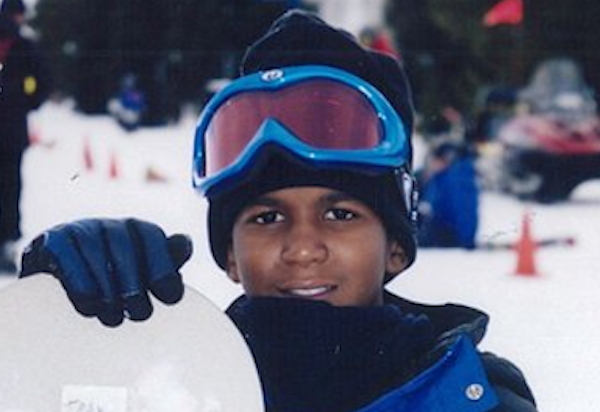
Public sympathy subsequently swelled. The state prosecutor was pressured by the "court of public opinion" to charge George Zimmerman with the shooting crime.
LESSONS FROM TRAYVON MARTIN's MEDIA STRATEGY
If there's anything to be learned from this sad, sad saga, it is that images and words matter. The proverb "don't judge a book by its cover" is an ideal many are not afforded. To that end, here are some pointers for those parents of young men whose "dark skin" is ever suspect in North America.
1.Parents, have your son remove violent-looking "thug life" pictures from his Facebook, Instagram or other online accounts. Those pictures will be used in the press to outline the content of your song's character, even if he was role playing at the time. Those photos are a bell that cannot be un-rung in the court of public opinion.
2.Parents, pick and choose non-stereotype provoking photos to make public if ever the sad occasion presents itself. Preferably, choose photos of the young man smiling, looking directly at the camera, wearing respectable attire, and doing "all American" activities such as national sports, camping, and other wholesome activities.
3.Parents, leak a photo of your child with his father or his father figure. Show to the "court" that your child isn't yet another "fatherless coloured child" who lacked the proverbial "male role model". Prove to that your child had two adults who were present, who loved and cared for him.
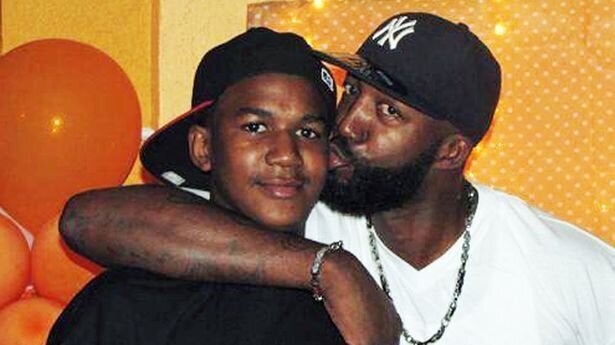
4.Parents, speak in the Queen's English when talking to the media to avoid being typecast. Unfortunately, the "court of public opinion" links speaking skills to intelligence and credibility, as underscored by RachelJeantel's testimony. As an alternative, parents can retain a family spokesperson who can aptly and succinctly express their feelings in a language the masses can understand and identify with.
5.Parents, remain calm and collected when speaking out publicly. The "courts" associate agitation with aggression and other negative tendencies. The road to justice for racialized youth is paved with their parents' cool heads.
It was a quick-thinking Jacqueline Kennedy who planted the seed to link her late husband to the musical "Camelot" in 1963. She shaped the legacy of an American President by setting the tone and styling a venerable, lasting image of President John F. Kennedy. When it comes to media and the two "courts", if the next-of-kin does not paint the canvas of their beloved's life, someone else will. When it comes to perception in the court of public opinion, image is everything.
